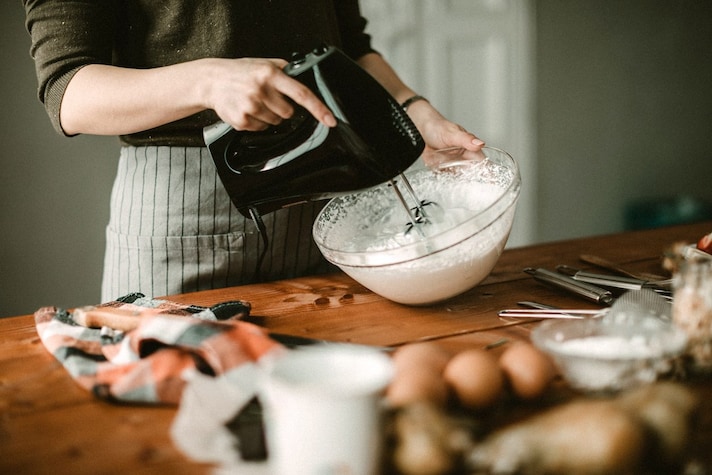
Whipped cream is a delightful addition to desserts, adding a light and fluffy texture along with a creamy richness. However, sometimes things can go awry, and your whipped cream might not turn out as expected. Whether it's too runny, over-whipped, or lacking in volume, there are solutions to salvage your whipped cream and achieve that perfect consistency.
Common Problems with Whipped Cream

Whether you're a novice baker or a seasoned chef, these tips will help you troubleshoot and rescue your whipped cream, ensuring delightful and fluffy results for all your sweet creations.
1. Runny Texture
If your whipped cream is too thin and runny, it may not hold its shape or provide the desired fluffy texture for your desserts. But don't worry, you can still salvage it. Here’s a step-by-step guide to fix runny whipped cream:
- Chill Your Equipment: Place the bowl and beaters in the freezer for about 15 minutes before you start whipping. This helps the cream whip up more efficiently.
- Cold Cream: Ensure that the cream is cold, as warmer cream is more difficult to whip and can lead to a runny texture.
- Gradual Whipping: Whip the cream at a higher speed gradually. This allows you to better control the texture as it thickens.
- Add a Stabilizer: To help thicken the cream, gradually add a stabilizer like powdered sugar or cornstarch while whipping.
- Gelatin Solution: If the cream remains too runny, dissolve a small amount of gelatin in hot water and let it cool slightly. Fold this gelatin mixture into the whipped cream to help it set and maintain its shape.

2. Over-Whipped Whipped Cream
Over-whipping whipped cream can lead to a grainy or curdled texture, resulting in an unpleasant mouthfeel. To avoid this, pay close attention to the cream's consistency as you whip. Stop whipping when you notice soft peaks that are still pourable if you prefer a softer texture. For a firmer texture, stop as soon as stiff peaks form. Whipping beyond this point will result in over-whipping.
If your whipped cream becomes grainy or curdled, you can try to salvage it. Add a small amount of fresh, unwhipped cream and gently fold it in until the texture becomes smooth again. This can help restore the cream to a more desirable consistency.
3. Lack of Volume
Sometimes whipped cream fails to achieve the desired volume, appearing flat and dense rather than light and fluffy. Experts have found that a lack of this desired volume is usually associated with lower fat content.
Therefore, it is important to ensure that you're using heavy cream with a high fat content (at least 35%). Again, whip the cream in a cold bowl with cold beaters to help increase volume – just don’t forget to stop when you notice stiff peaks forming. When over-whipped, whipped cream loses its volume.
Tips for Perfect Whipped Cream Every Time

- Use a metal or glass bowl, as plastic bowls can retain grease and inhibit proper whipping.
- Add flavorings like vanilla extract or powdered sugar to enhance the taste of the whipped cream.
- Whip the cream just until it reaches stiff peaks; over-whipping can lead to a less desirable texture.
- Serve whipped cream immediately or store it in the refrigerator for up to 24 hours.
;Resize,width=767;)
